CLEAR
The Latest Innovation in Laser Vision Correction
CLEAR is the newest, most advanced laser eye treatment for correcting nearsightedness (myopia) and astigmatism — now available at Shinagawa LASIK & Aesthetics.
This breakthrough method offers a gentler, bladeless, and more precise alternative to traditional laser eye surgery, delivering excellent results with quicker recovery and minimal discomfort.
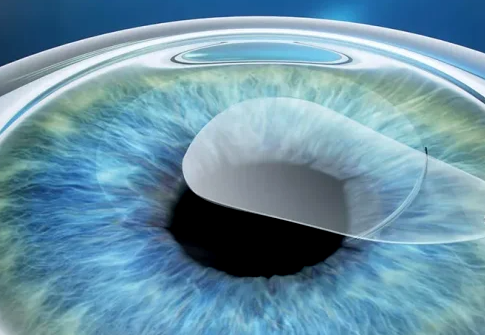
Play Video
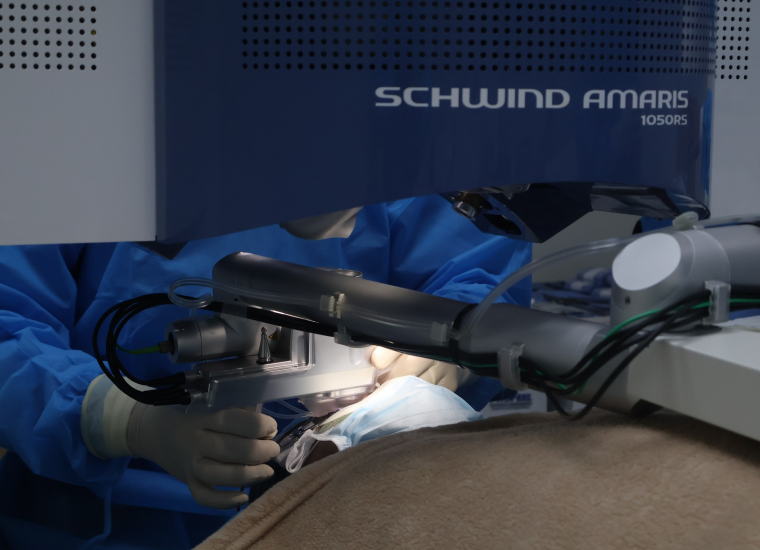
How does CLEAR work?
With CLEAR procedure, the top layers of the cornea stay intact. A laser generates two thin bubble layers within the stromal layer of the cornea, creating a disc-shaped piece of corneal tissue called the lenticule.
The surgeon gently removes the lenticule through a small incision. Removal of the lenticule permanently changes the shape of your cornea, resulting in better vision.
CLEAR is created with Ziemer´s Z8 Femtosecond laser, providing more options to adjust centration and rotation during surgery, unlike SMILE (Small Incision Lenticule Extraction).
The CLEAR procedure may be a better option for those prone to Dry Eye or those who are not candidates for LASIK. It is also a good option for those seeking a faster visual recovery. Most patients return to their normal routines just a few days after the procedure.
Experience The CLEAR Advantage
The Lenticule application by Ziemer is called CLEAR and stands for:
C – orneal
L – enticule
E – xtraction for
A – dvanced
R – efractive Correction
The innovative CLEAR Lenticule Application from Ziemer is a minimally invasive procedure with a wide choice of centration options, combined with the highest safety standards.
Together with the low energy FEMTO LDV Z8 platform, CLEAR leads to excellent surface quality and easy Lenticule extraction.


What to Expect: CLEAR at Shinagawa
If our doctor/s, based on the results of your Comprehensive Eye Screening, do recommend CLEAR to address your Myopia and/or Astigmatism, you can expect a smooth and painless procedure that will take around 10 minutes to complete in total.
Benefits and features
- ✔ Fast procedure, fast recovery
- ✔ Personalized
- ✔ No corneal flap
- ✔ No worries about flap dislocation
- ✔ Minimal tissue damage
- ✔ Minimal side effects
- ✔ Rapid results, with vision 80% better within a few hours
- ✔ Bladeless, single-step surgery
- ✔ Less inflammatory response contributes to a quick visual recovery
- ✔ Sharper night vision
About our Technology and Facilities
Shinagawa provides our skilled doctors with advanced, proven technology and the finest surgical rooms and equipment.
Among our advanced technology is the Ziemer LDV Z8 laser. We choose Ziemer for its product quality and reputation as innovators in surgical laser technology. The Z8 is their latest femtosecond laser unit. This low energy concept is efficient and innovative, providing maximum precision, greater treatment flexibility, and faster, more comfortable recovery for patients.
How is CLEAR surgery performed?
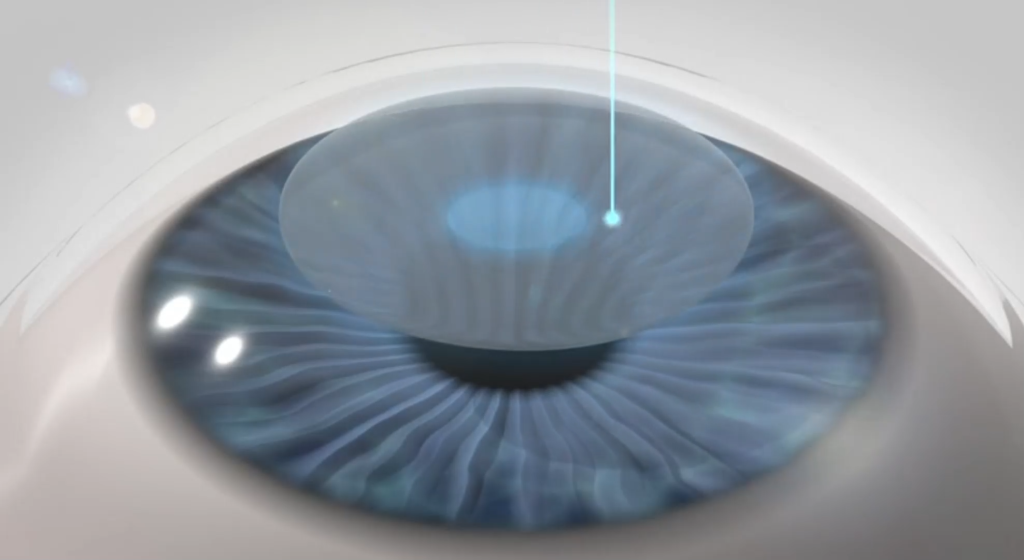
Local anesthetic eye drops are applied to both eyes.
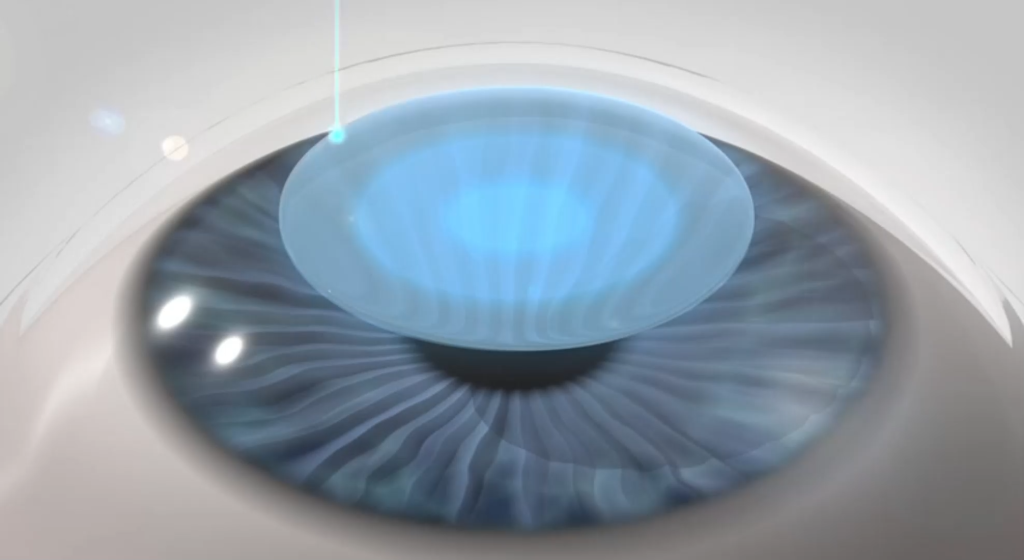
Local anesthetic eye drops are applied to both eyes.
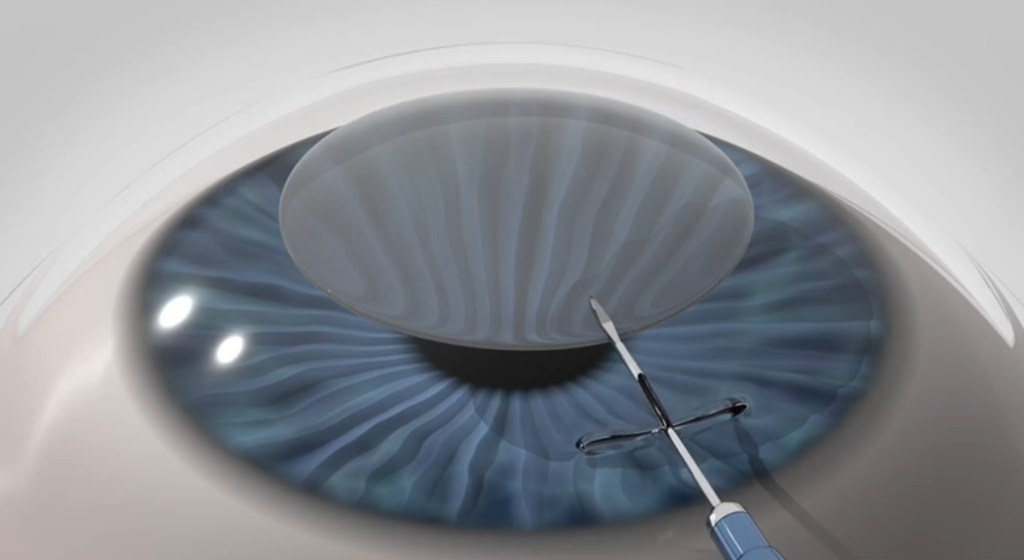
The Laser the produces a small tunnel in the cornea.
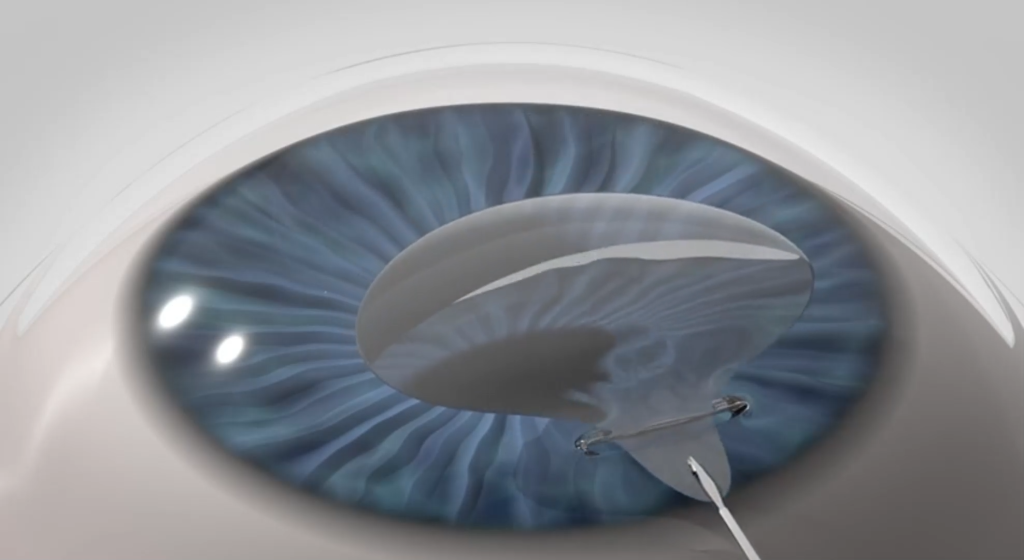
The surgeon gently removes the lenticule through a small incision.
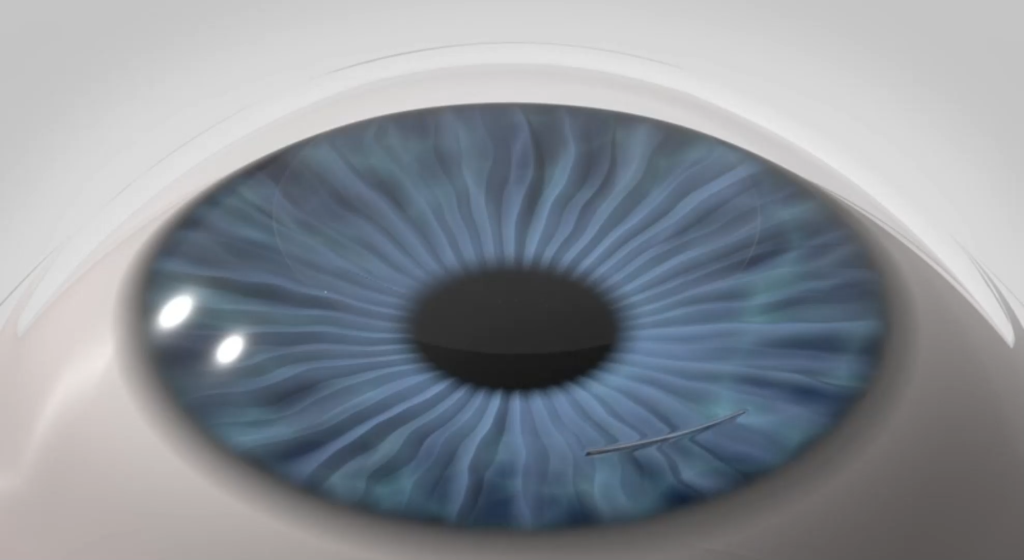
Removal of the lenticule permanently changes the shape of your cornea, resulting in better vision.
Frequently Asked Questions
Got questions about CLEAR? We got answers!
Our FAQ section to learn about eligibility, procedure details, recovery time, and costs. Discover how CLEAR can improve your vision and what to expect before, during, and after the surgery. For any additional queries, feel free to contact our team.
After numbing drops are placed in your eye, an instrument is gently positioned to hold your eyelids open. The Ziemer Z-8 laser creates a precise clear window (lenticule) within the center of the cornea.
The surgeon gently removes the lenticule through a small incision to reshape the profile of the cornea and correct the vision.
On most cases, CLEAR is usually completed in around 10 minutes, more or less.
CLEAR is a single-step, flapless eye procedure meaning you will feel minimal pressure sensation as treatment is usually completed in a matter of minutes.
Vast majority of patients experience very little to no pain while some may just feel a little grittiness in the eyes for a couple of days.
Every individual will heal at different rates. In most cases, visual acuity is very good one or two days after the operation and stabilizes within one week. Normally, you will be able to drive, work and participate in sports within a few days.
The doctor will apply drops that will numb your eye to ensure you have the most comfortable treatment possible. The laser utilizes a suction to hold your eye in place during the laser procedure. Some patients have said they feel a slight pressure from the suction. Unlike other laser eye surgeries, CLEAR is a single laser procedure and it’s fast, bladeless, flapless and gentle. The upper layers of the cornea is minimally disturbed and this means your nerves are less affected compared with other procedures, thus potentially reducing the incidence of dry eye after the procedure. Your doctor will still provide eye drops to relieve any discomfort you might have after the procedure.
Both CLEAR and LASIK correct myopia (nearsightedness) by reshaping the cornea, but they use different techniques.
CLEAR is a minimally invasive procedure that removes a small disk-shaped piece of tissue, called a lenticule, from within the cornea using a single femtosecond laser. This is done through one or two tiny incisions, with no need for a corneal flap. LASIK involves creating a flap in the cornea with a femtosecond laser. After lifting the flap, a second laser (excimer) is used to reshape the cornea. The flap is then replaced, and protective contact lenses may be needed during healing.
In short, CLEAR is a flapless procedure, while LASIK relies on a corneal flap. Both have their merits and your eye care specialist will be able to advise which is best for you.
CLEAR - Patient Exclusion Criteria
While some may very well be eligible for CLEAR, others with various conditions and circumstances might not be a good candidate. Everything still depends on the Comprehensive Eye Screening result but here are the factors that can make exclude a patient from being qualified for CLEAR:
Patients under 18 years old (pediatric and juvenile patients)
Those with Corneal Issues (Corneal opacities, scars, thickness limitations, etc.)
Patients with unstable vision due to fluctuating conditions, such as: Hormonal fluctuations (e.g., diabetes-related), Pregnancy or breastfeeding.
Those who regularly use medications that may cause vision changes and/or may hinder proper post-operative healing.
Patients with systemic diseases or medications that impair healing, such as: Autoimmune diseases (e.g., lupus, rheumatoid arthritis), Immunodeficiency (e.g., HIV), Diabetes, among others.
Patients with any of the following: Active eye infections, Recent Herpes simplex or Herpes zoster (shingles) involving the eye, Uncontrolled glaucoma, Uncontrolled ocular hypotony or hypertension with ongoing visual field damage, Inflammatory eye diseases (e.g., uveitis, iritis), Eye trauma or prior eye surgeries (e.g., refractive surgery, corneal implants), Keratoconus or signs of corneal thinning and bulging.
